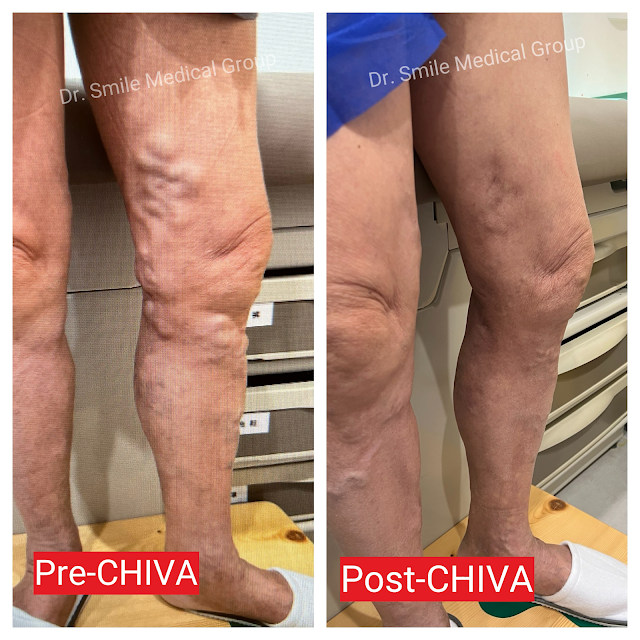On social media, the term "varicose veins" is frequently used to describe the twisted and enlarged veins in the legs. However, this term is misleading, as it only addresses the visible symptoms of a much deeper issue—chronic venous insufficiency (CVI).
The truth is, varicose veins are not the cause of the disease but merely one of the clinical manifestations of the underlying condition of venous insufficiency. Focusing solely on the visible veins may lead patients to believe that removing them solves the problem, but the reality is far more complex. The underlying pathology involves hemodynamic abnormalities that need to be addressed to provide lasting relief.
The Real Problem: Venous Insufficiency
Venous insufficiency occurs when the valves in the veins malfunction or the vein walls weaken, causing blood to pool in the legs instead of returning to the heart. This pooling increases venous pressure, which leads to the formation of varicose veins. But more than just visible vein bulging, this condition can cause leg heaviness, pain, swelling, and even skin ulcers.
Venous insufficiency is also marked by abnormal blood flow patterns, known as shunts. These shunts include:
Reflux: When valves fail, blood flows backward instead of efficiently returning to the heart, leading to pooling in the legs.
Collateral Shunting: When main veins become blocked or fail, blood finds alternative pathways, which often leads to the expansion of other veins.
These abnormal blood flows not only compromise circulation but also increase the risk of deep vein thrombosis (DVT) and negatively impact tissue health in the lower extremities.
The CHIVA Approach: A Game-Changer
CHIVA (Conservative Hemodynamic Cure for Venous Insufficiency in Ambulatory Care) takes a completely different approach compared to traditional treatments like vein stripping or endovenous ablation. Instead of removing the affected veins, CHIVA works by correcting blood flow dynamics to restore proper venous function. This means preserving the veins rather than destroying them, thereby addressing the root cause of the problem—venous insufficiency.
By focusing on hemodynamic correction, CHIVA aims to reduce venous pressure and improve overall circulation. It treats the underlying pathology rather than just the symptom, leading to lower recurrence rates and better long-term outcomes for patients.
Changing the Narrative for Patients
Changing the public's understanding of venous insufficiency requires a shift in how we, as healthcare professionals, communicate with patients:
Educate Patients on Venous Insufficiency: Use visual aids to help patients understand that varicose veins are just a symptom. Illustrate how venous valves function and what happens when they fail.
Emphasize Treatment Goals: Explain that the goal of treatment is not simply to remove visible veins but to restore normal venous function by correcting underlying hemodynamic issues.
Promote CHIVA's Benefits: Highlight how CHIVA can effectively reduce recurrence, maintain venous function, and improve quality of life by preserving vein integrity.
Conclusion
The term "varicose veins" can be misleading if it causes people to overlook the true culprit: venous insufficiency. By educating the public on the underlying issues and emphasizing the benefits of a hemodynamic approach like CHIVA, we can help patients make informed decisions about their treatment options. It's not just about aesthetics—it's about addressing venous insufficiency at its root to improve long-term health and quality of life.



Post a Comment